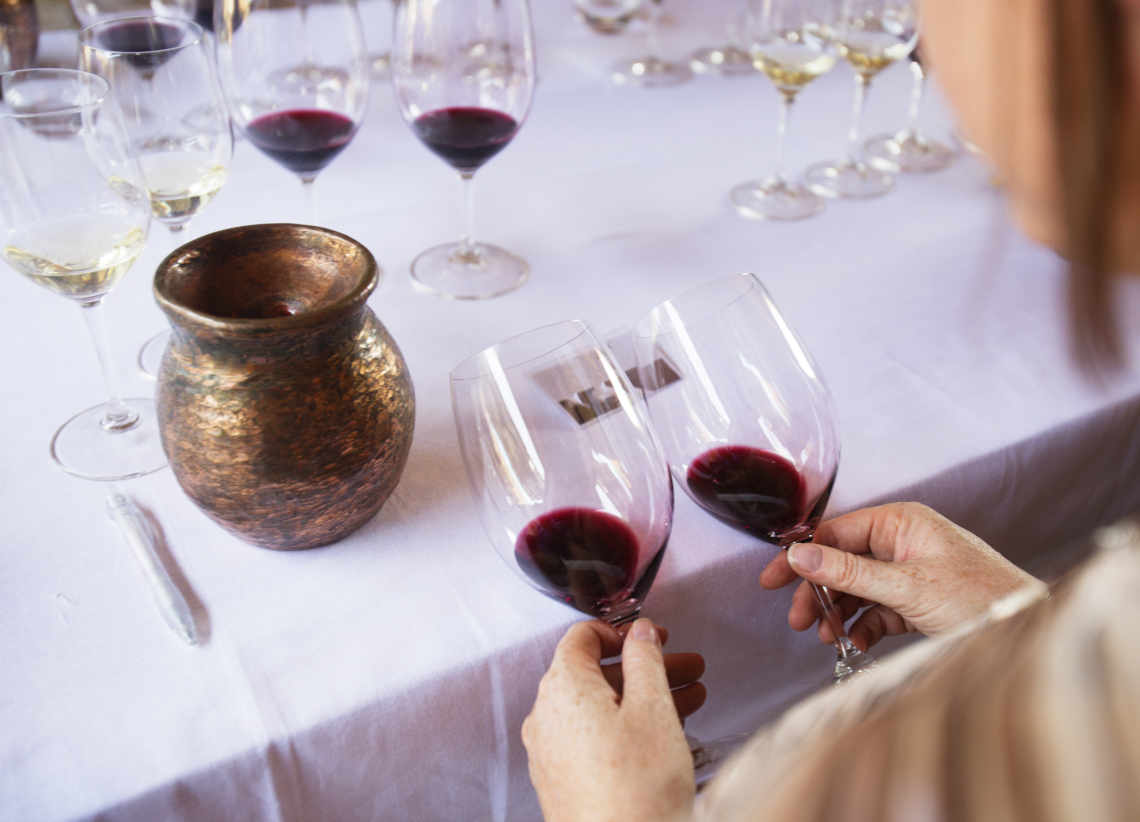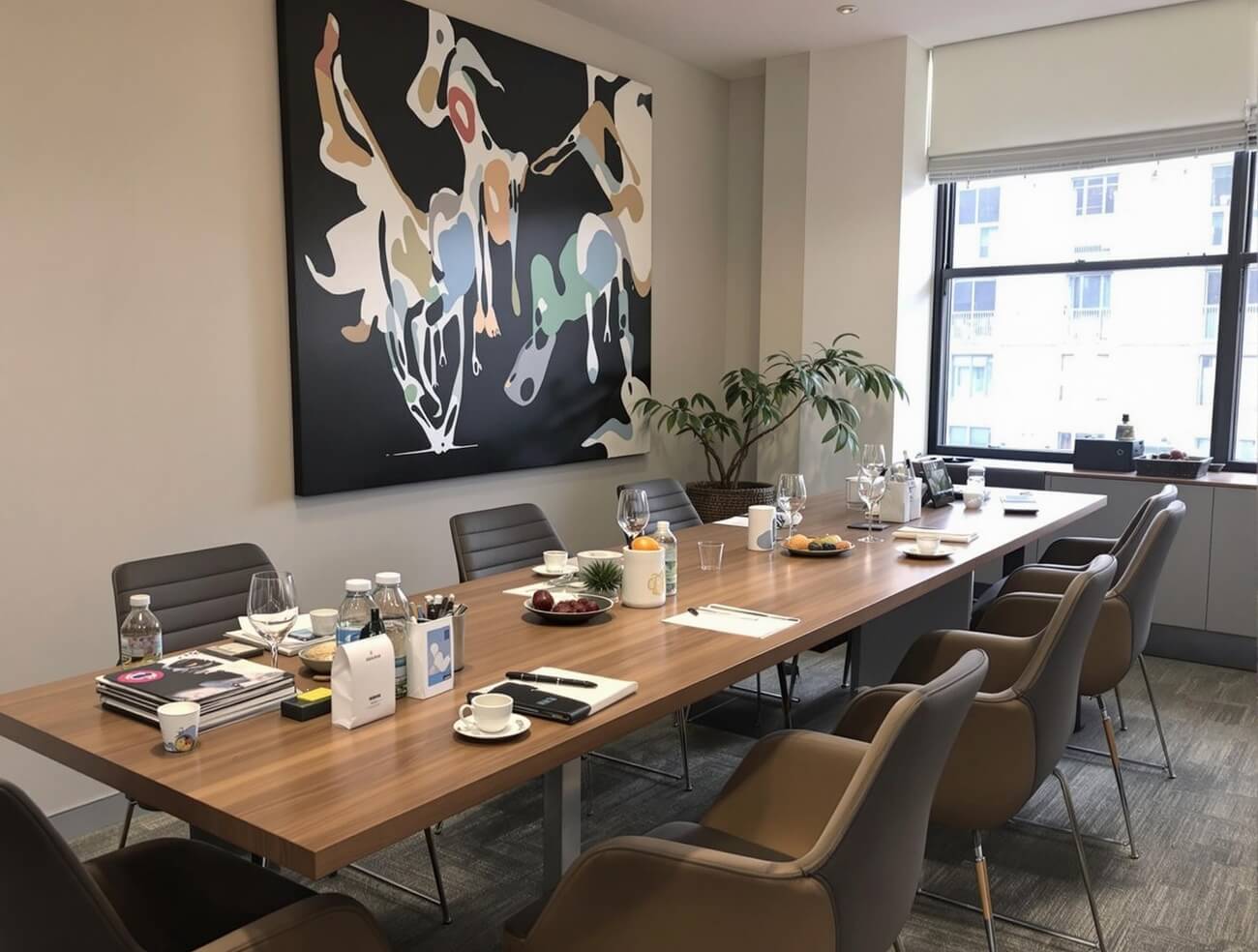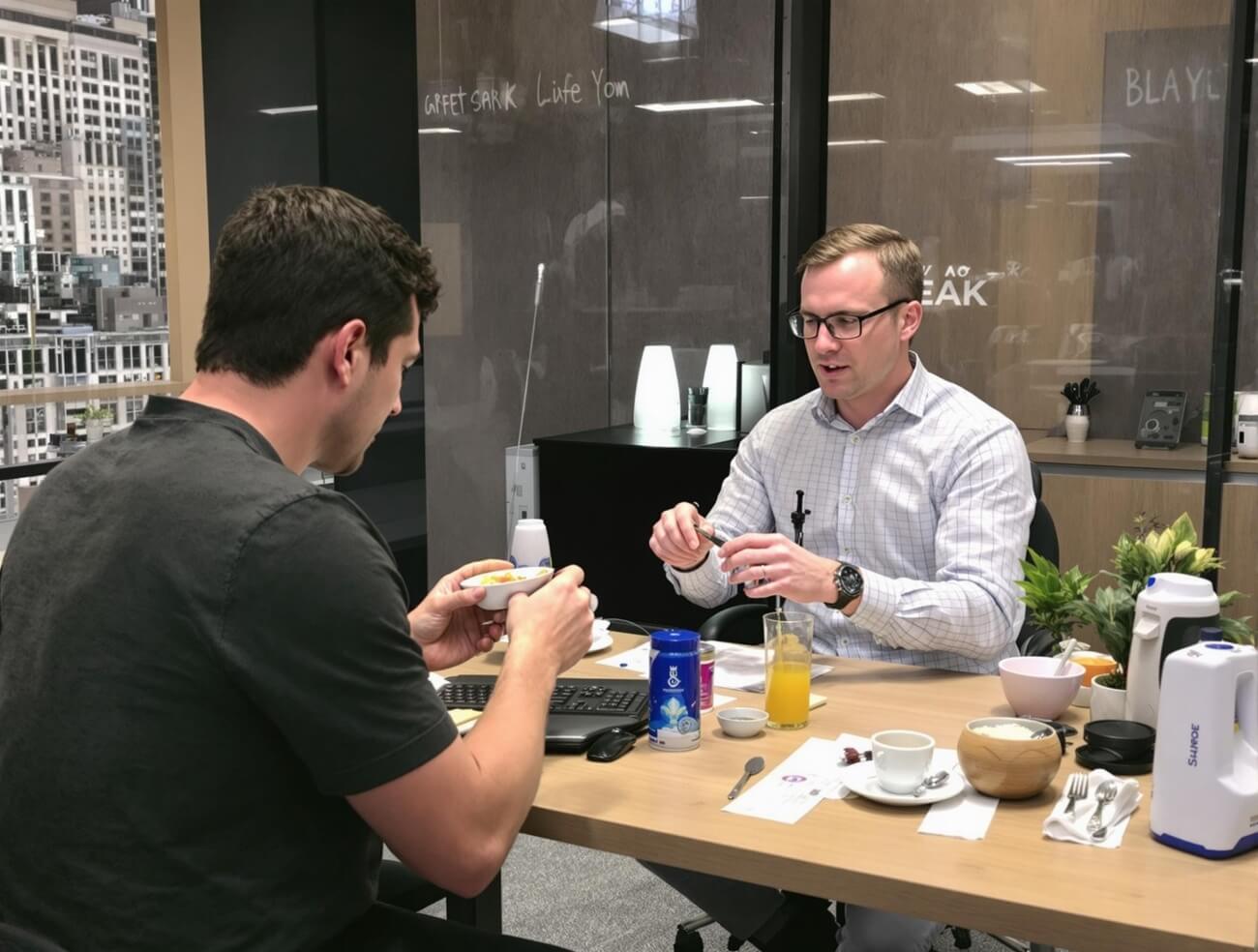Vergelijkend smaaktesten marktonderzoek

How does a brand determine the potential success of its product in comparison to others? That’s the role of comparative taste testing market research.
This unique form of research offers invaluable insights by placing products side-by-side and gathering direct consumer feedback. As market dynamics become ever more competitive, comparative taste testing market research can help brands assess their product’s position in the market, understand consumer preferences, and craft strategies that resonate with their target audience.
Understanding the Basics of Comparative Taste Testing
Comparative taste testing market research systematically evaluates two or more products based on participants’ direct sensory experiences. Unlike monadic or sequential testing, where products are tasted independently, comparative testing puts products in a head-to-head competition, often without the participant knowing the brand identities.
So, why is this method preferred in specific scenarios? Comparative taste testing market research provides a platform to directly measure a product’s strengths and weaknesses against its competitors. When consumers are presented with multiple options simultaneously, their feedback can highlight subtle differences in flavor, texture, aroma, and overall preference that might be overlooked in isolated tests.
Why Comparative Taste Testing is Crucial

In a market inundated with multiple players and choices, distinguishing one’s product becomes critical. This is where comparative taste testing market research emerges as a vital tool. Particularly, it allows businesses to evaluate the following elements:
- Direct Competition Assessment: Through market research, companies can directly assess their product’s position against their competitors. It is not a matter of evaluating in isolation but of understanding relative preference when multiple choices exist.
- Unbiased Feedback: Especially when conducted as a blind test, participants are uninfluenced by brand names, packaging, or preconceived notions. The feedback centers solely on the product’s sensory attributes, producing more authentic results.
- Product Development & Improvement: Businesses can refine their formulations by pinpointing the exact attributes consumers prefer in competitors’ products, bridging the gap between current offerings and market expectations.
- Brand Positioning & Strategy: Understanding the nuances of consumer preference can help craft a more compelling narrative around the product, leverage its strengths, and address its weaknesses in marketing campaigns.
- Risicobeperking: Comparative taste testing market research can act as a preliminary check before a major product launch or reformulation, reducing the chances of an unfavorable market response.
Real-world Applications and Case Studies of Comparative Taste Testing
Comparative taste testing is regularly leveraged across various industries, guiding brands to make pivotal decisions. Here are a few illustrative applications and memorable case studies:
- Craft Beer Blind Tasting: As the craft beer industry boomed, brewers often conducted comparative taste tests to understand how their products compared to competitors’ products. This helped them refine recipes and carve out niches in an increasingly crowded market.
- New Food Product Launches: Companies often use comparative taste tests to gauge potential success. For instance, when a brand considers introducing a new flavor, it might test it alongside current market favorites to anticipate its reception.
- Reformulation Decisions: When brands contemplate altering an existing product (for cost-cutting, health considerations, or other reasons), comparative tests can assess if the new version holds up to or surpasses the original in taste.
- Coffee Chains: Major coffee chains will utilize comparative testing when considering a shift in their blend or introducing a new seasonal flavor. By understanding preferences, they can better anticipate sales and adjust marketing efforts.
Opportunities in Comparative Taste Testing Market Research

Comparative taste testing market research opens up numerous avenues for businesses to seize opportunities and gain a competitive edge. Specifically, here’s how it helps companies to obtain valuable data about their products:
- Product Refinement: Through comparative taste testing market research, businesses can discern exactly where their product stands compared to competitors. This direct feedback can guide iterative improvement, ensuring the product resonates best with its intended audience.
- Branding and Positioning: Understanding how a product fares against competitors can be instrumental in branding. If a product consistently outperforms a market leader in blind tests, it’s a powerful marketing angle to exploit.
- Targeted Marketing: Insights from comparative taste testing market research allow businesses to tailor their marketing strategies more effectively. For instance, if a younger demographic favors a product, marketing campaigns can be directed accordingly.
- Expanding Product Lines: Brands looking to introduce new flavors or variants can use comparative tests to determine which potential products have the best chance of success in the market.
- Vertrouwen van belanghebbenden: Demonstrable evidence that a product holds its own against competitors, especially established market leaders, can boost confidence among stakeholders (especially investors).
- Wereldwijde expansie: For businesses looking to enter new regional markets, comparative tests can help tweak products to cater to local tastes, ensuring better acceptance and success rates.
Challenges in Implementing Comparative Taste Testing Market Research
Engaging in comparative taste testing market research offers valuable insights for businesses. However, it might pose challenges – and if they’re not properly addressed, these challenges can impact the reliability and applicability of the findings.
- Subjectivity of Taste: While statistical methods can help interpret results, there’s always an element of personal preference involved, which might not be universally applicable.
- Logistical Issues: Organizing taste tests, especially on a large scale or in multiple locations, can be logistically challenging. This includes managing perishable items, ensuring consistent serving conditions, and handling participant scheduling.
- Dynamische marktomstandigheden: Tastes and preferences can change over time. What’s popular or preferred now might not be the same in a year or even a few months. This necessitates frequent testing, which can be resource-intensive.
- Inconsistent Testing Conditions: For results to be reliable, the testing conditions across all sessions should be consistent. Factors such as serving temperature, portion size, and the environment can impact taste perceptions.
Future Outlook of Comparative Taste Testing Market Research

The landscape of comparative taste testing market research is evolving rapidly. With advancements in technology and shifts in consumer behavior, the methodologies and applications of this research approach are set to undergo transformative changes. Here’s a look at what the future holds:
- Integratie van technologie: Advanced sensors and artificial intelligence might significantly improve the capture of real-time reactions and nuances in taste preferences. This would bring an added layer of objectivity to the inherently subjective realm of taste.
- Virtuele realiteit (VR) en augmented reality (AR): The taste experience isn’t just about flavor. It’s also influenced by environment and context. VR and AR can simulate various environments, allowing researchers to understand how context impacts preferences.
- Personalisatie: As businesses increasingly tailor their offerings to individual preferences, comparative taste testing market research will likely become more refined. This means studies focusing on narrower demographic segments or even individualized taste profiles.
- Ethical and Sustainable Choices: Modern consumers are more conscious of sustainability and ethics. Future research might compare taste and perceptions about products’ ethical and environmental implications.
- Rapid Prototyping: With technology enabling quicker product development cycles, businesses can use comparative taste testing market research to test multiple product iterations in real time, speeding up time to market.
- Neuroscience Integration: There’s a growing interest in understanding the neurological responses to different tastes. The fusion of neuroscience with comparative taste testing can offer deeper insights into why certain flavors resonate with consumers.
What Makes SIS International a Top Comparative Taste Testing Market Research Company?
SIS Internationaal has earned its reputation as a leader in comparative taste testing market research, offering businesses unparalleled expertise, advanced methodologies, and actionable insights to refine their products and succeed in competitive markets. With over 40 years of experience, SIS International is the trusted partner for businesses seeking to understand consumer preferences and make data-driven decisions.
Decades of Industry Experience
With over four decades in the market research industry, SIS International has honed its expertise in conducting comparative taste tests across various sectors, including food, beverages, and personal care. Our proven track record ensures businesses receive reliable and insightful results.
Advanced Methodologies for Precise Results
SIS employs cutting-edge research methodologies to ensure accurate and unbiased comparative taste testing results. From blind taste tests to multi-sensory evaluations, our approach guarantees that businesses understand how their products measure up against competitors.
Toegang tot diverse consumentenpanels
New York’s cultural diversity provides SIS access to a broad and varied pool of consumers for taste testing. Our panels reflect real-world demographics, ensuring businesses receive feedback representative of their target markets. This diversity helps brands cater to a wide range of consumer preferences.
Tailored Comparative Testing Solutions
Every product is unique, and SIS designs its comparative taste testing services to meet the specific needs of each business. Whether evaluating beverages, snacks, or frozen meals, our customized testing solutions provide data companies can use to refine their products and enhance their market appeal.
State-of-the-art testfaciliteiten
SIS International’s facilities have the latest technology to support comparative taste testing. From controlled environments for testing to advanced data collection tools, our infrastructure ensures that businesses receive accurate, high-quality insights.
Focus on Actionable Insights
At SIS, we go beyond just gathering data. Our comparative taste testing services provide businesses with actionable insights, helping them identify strengths, address weaknesses, and capitalize on market opportunities. These insights empower businesses to make strategic decisions with confidence.
Affordable Solutions for Competitive Advantage
SIS International is committed to offering high-quality market research services at competitive rates. Our comparative taste testing solutions are designed to deliver exceptional value, making us an ideal partner for businesses looking to maximize their return on investment.
Speed and Efficiency in Results Delivery
Time is critical in product development, and SIS ensures quick turnaround times without compromising on quality. Our streamlined processes allow businesses to receive results promptly, helping them stay ahead in the fast-paced market.
Toewijding aan het succes van de klant
SIS International takes a client-centered approach to market research. We work closely with businesses to understand their unique goals and challenges, providing tailored solutions that drive product success. Our dedication to excellence ensures that clients consistently achieve their objectives.
Onze vestigingslocatie in New York
11 E 22nd Street, 2e verdieping, New York, NY 10010 T: +1(212) 505-6805
Over SIS Internationaal
SIS Internationaal biedt kwantitatief, kwalitatief en strategisch onderzoek. Wij bieden data, tools, strategieën, rapporten en inzichten voor besluitvorming. Wij voeren ook interviews, enquêtes, focusgroepen en andere marktonderzoeksmethoden en -benaderingen uit. Neem contact met ons op voor uw volgende marktonderzoeksproject.


